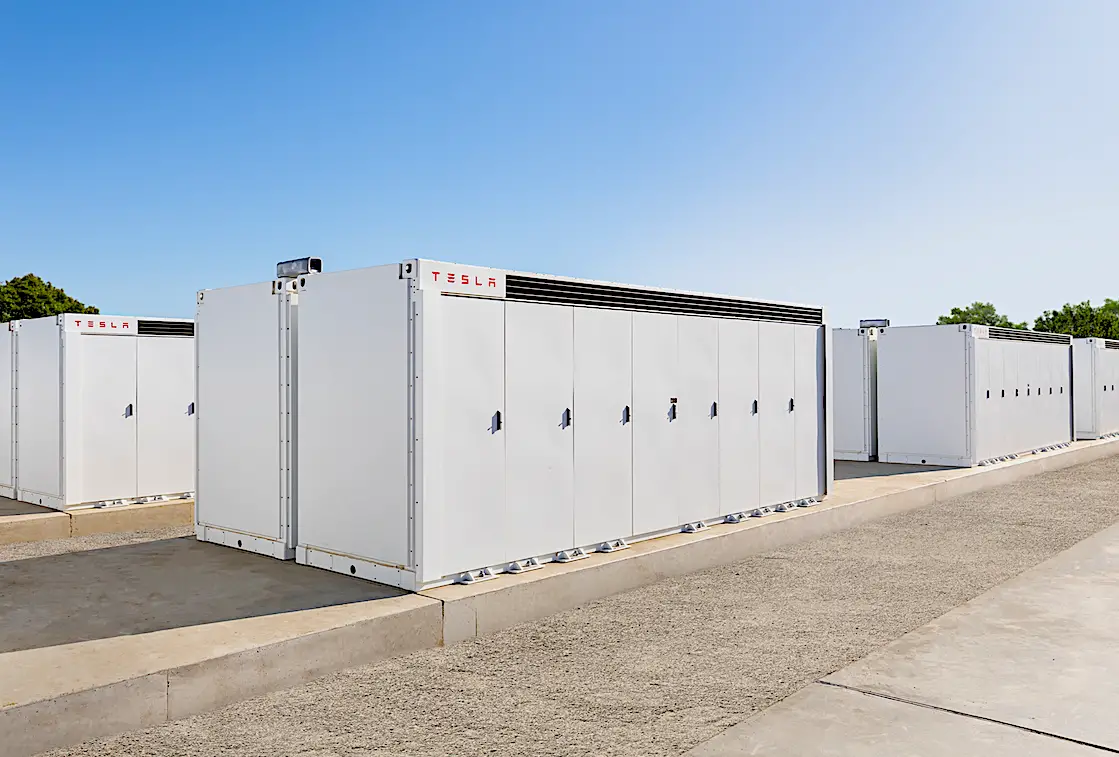The Yonkers City Council by a vote of 6-0 has extended for 180 days the 180-day moratorium on new Battery Energy Storage Systems (BESS) in the city that was adopted last July 16. The BESS equipment generally consist of banks of lithium-ion batteries that store excess electricity until it is needed and additional equipment. They frequently are associated with solar electricity farms and store electricity generated during daylight hours that is not immediately needed.
The ordinance established the temporary moratorium for a period of 180 days and authorized the extension of the temporary moratorium for an additional 180 days at the discretion of the City Council. In extending the moratorium, the council noted that the city issued a request for proposals for a consultant to assist with studying and preparing appropriate regulations concerning BESS installations. The council said that this work is still underway and requires additional time to be completed.

When Yonkers Mayor Mike Spano originally called on the City Council to put a moratorium in place he said, “We need this moratorium on lithium-ion battery facilities to give us more time to determine their environmental impact. We’ve meticulously worked to put measures in place that guarantee smart and efficient development. It would be irresponsible to move forward with approvals of these type of facilities without conducting the necessary research to ensure the safety of their neighbors.”
Planning had been underway for a possible BESS to be installed at 1100 Saw Mill River Road. The development was to use battery storage units built by Tesla known as the Megapack MP2XL. A single MP2XL unit is rated by Tesla as capable of storing up to 3.916 MWh of electricity. A megawatt-hour (MWh) of electricity is one million watts for one hour. Each MP2XL unit weighs 89,000 pounds, according to Tesla.
The MP2XL units have a system to burn off any unwanted gases that might be produced to prevent them from building up and possibly exploding along with a system for controlling the unit’s temperature.
Power generated from this facility was to be sold directly to consumers via the New York State’s Community Distributed Generation Program. The program allows customers to directly offset their energy use with local solar power, while saving money on their electrical bills.

















